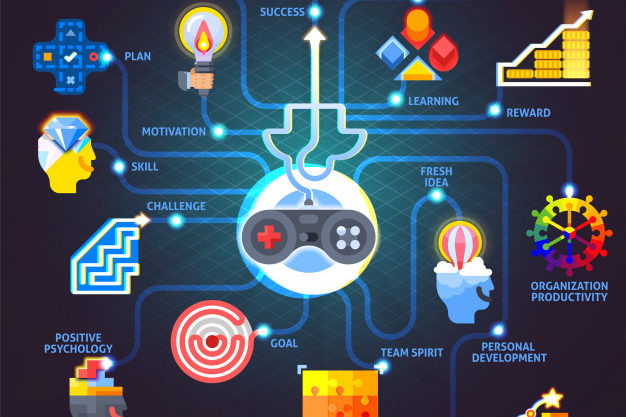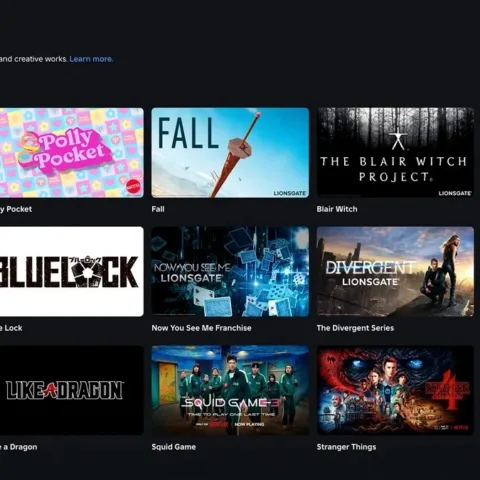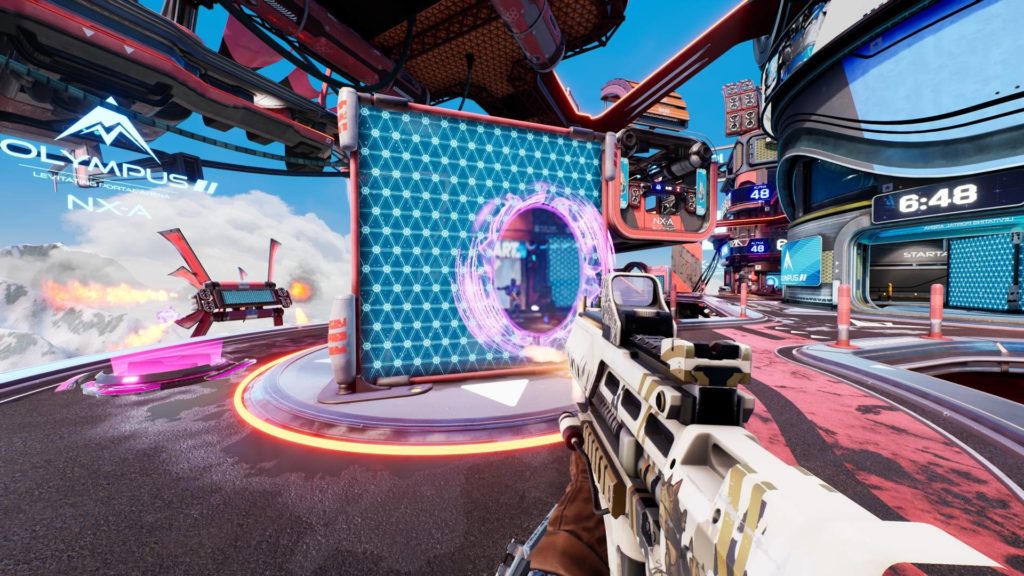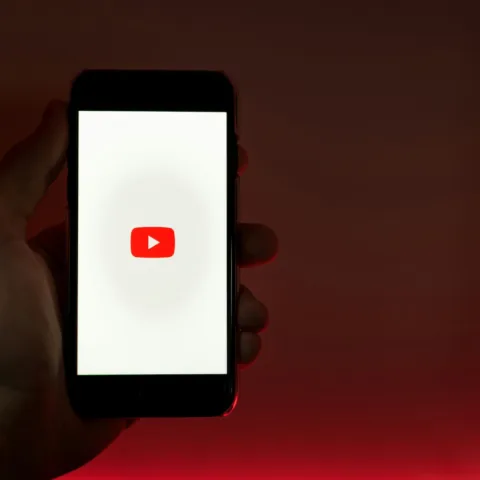The general perspective on gaming from society is quite polarizing. On the one hand, the US military sees the potential that gaming can bring and uses it as a tool to train their troops. On the other hand, the World Health Organization recognizes something called gaming disorder, despite the fact that gaming has been used to treat mental disorders. Many parents also often complained that games are the culprit behind their children’s laziness. However, games have been used as a learning tool in many modern education systems and classes.
Along with the skyrocketing popularity of games, more and more parties are interested in using gaming and its innovations in other fields, ranging from education, health, and the military.
MILITARY
Believe it or not, the US military has actually been sponsoring game developers for a very long time. For more than two decades, from the 1960s to the 1990s, the US military is highly active in funding technological developments in the gaming industry. In fact, the creation of Spacewar! — which is considered to be the first-ever game — was made possible thanks to funding from the Pentagon. Both parties are clearly benefiting from this relationship. From the game developer’s standpoint, they now have a larger financial resource to work with. As for the military, they will hopefully get a quality training simulation, as mentioned by The Atlantic.
Generally speaking, the military uses gaming for three main purposes: recruiting new soldiers, training existing troops, and dealing with post-traumatic stress disorder (PTSD) experienced by veterans. America’s Army is an example of a game created to recruit young people into the military. This FPS game was created and released by the US Army in 2002 and can be played for free by anyone. In 2008, Richard Beckett — Chief of Advertising and Public Affairs in the US Army — said that America’s Army was used in various social activities, including LAN parties, which were part of US Army’s “Future Soldier Sustainment” program.
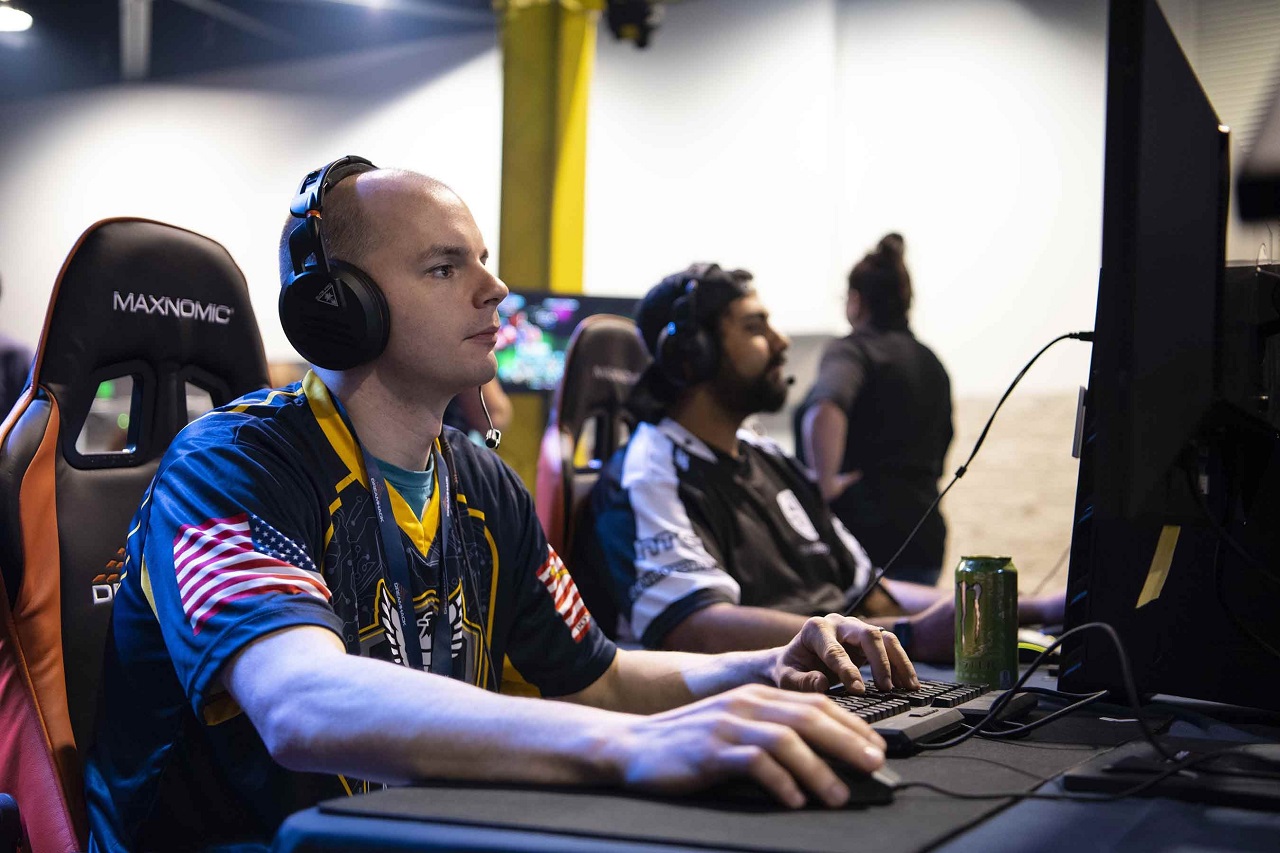
“Events like LAN parties are useful because we want the recruits to see the recruiters as regular folks, like themselves… and to help future soldiers to stay the course,” Beckett told Ars Technica. He explained that these social activities also act to keep the new military recruits to stay in the Boot Camp since they need to wait up to six months before being assigned. Social activities also create a sense of inclusion and welcome to the enlistees.
Along with the increasing popularity of game content broadcasts, the US military is also interested in exploring game streaming platforms. Currently, both the US Army and Navy have Twitch channels. The military’s goal in creating a channel on Twitch is not to treat it as some form of recruitment program. Instead, they want to use streaming as a means to increase exposure and engage with the audience, especially the younger demography. However, the existence of a Twitch channel from the US Army or Navy does spark several backlashes. For instance, many Twitch viewers seize this opportunity to ask about sensitive topics such as Eddie Gallagher or various accused war crimes committed by US soldiers.
Other than recruiting new soldiers, the US military also uses gaming to train their troops. Some games have been specifically made as a military training tool with specific functionalities. For example, the game DARWARS Ambush was created to teach infantry tactics, convoy operations, and the Rules of Engagement. According to a GamesIndustry report, by the end of 2008, more than three thousand copies of DARWARS Ambush had been distributed to the Army, Air Force, Navy, Coast Guard, and Marines.
UrbanSim and Tactical Iraqi are two other examples of games that have been utilized for military training. Both of these games focus on teaching foreign language skills and fighting rebels. War simulators such as Virtual Battlespace 2 allow military commanders to simulate scenarios that may potentially occur on the battlefield, such as ambushes, Improvised Explosive Device (IED) explosions, and medical evacuation.

Lastly, the military uses gaming to overcome psychological traumas experienced by veterans, such as PTSD. In the journal titled Virtual Reality Exposure Therapy for Combat-Related PTSD, the Institute of Medicine states that Cognitive Behavioral Therapy (CBT) with exposure therapy is the only type of remedy recommended for treating PTSD.
In exposure therapy, patients with PTSD will usually be asked to recall and re-exposing themselves to their traumatic experiences. Unfortunately, one of the symptoms of PTSD is the reluctance or inability to remember the traumatic event that caused the PTSD itself. This is where VR simulators come in. VR is perfect for exposure therapy since it can be utilized to recreate the source of the trauma. Thus, the existence of simulations such as Virtual Afghanistan has helped veterans overcome their trauma.
However, the US military’s decision to be active in the gaming industry also had its downsides. One of the most controversial military games that has been released is Full Spectrum Warrior. The game, launched in 2003, is available in two versions: a commercial version and a military-specific version, which can be accessed with a special code. Although the game won awards in the Best Original Game and Best Simulation Game categories at E3 2003, the US military eventually did not utilize it for training, deeming it to be too unrealistic. In addition, the cost incurred by the US Army to get and develop the game was also incredibly massive.
HEALTH
Of course, military veterans aren’t the only ones experiencing PTSD. Normal people like us also can also be affected by this mental disorder. Therefore, the existence of VR Exposure Therapy (VRET) not only benefits the military but also the healthcare industry as well. In addition to PTSD, VRET can also be used to treat other mental disorders, such as phobias or anxiety disorders. Similar to how the military uses VRET, patients with these disorders will be exposed to the source of their trauma or fear with the help of VR simulations. Since the virtual world can be carefully controlled (and is obviously not real), the patient’s therapy is ensured to be safe.

The use of games in the healthcare industry is not limited to the department of psychology. Games, especially VR, can also be used by health workers to hone their skills or learn new procedures, which should decrease the chance of human error when performing in real medical situations. According to a journal titled Gaming science innovations to integrate health systems science into medical education and practice, Health workers can use VR for many different purposes, such as learning to perform endoscopy or creating a simulation of an operating room.
Interestingly, mobile games can also help prospective doctors to learn new skills. The iPad game called PAtient Safety in Surgical Education (PASSED) can display various cases from the archive of sentinel (or unexpected) events and serious reportable events in the hospital. Medical students can use this game to gain knowledge or increase their awareness regarding patient safety.
Everyone knows that prevention is better than cure. Games, fortunately, can also improve the healthy lifestyle of many people in our society. For instance, Pokemon Go is one of the few games that incentivizes people to go out of their homes and walk. Nintendo’s WiiFit, which utilizes the Wii Balance Board, promotes exercise to its users. In addition to encouraging players to be more active in sports, these types of games can also be used to measure one’s physical abilities. As mentioned in the article called Innovation in Games: Better Health and Healthcare, health workers can, in turn, use this technology to see a patient’s physical progress, especially in patients affected by diseases that degrade motoric functions such as Parkinson’s.

Games, of course, promote the element of a challenge, which is also perfect for curing or overcoming addictions. One example of a game created to help players quit smoking is My Stop Smoking Coach, released in 2008. The game can run on several platforms, including iPhone and Nintendo DS. Escape from Diab from Archimage Inc., released in 2006, is another example of a game that promotes a healthy lifestyle. This game focuses specifically on preventing obesity and type 2 diabetes.
EDUCATION
Games are often blamed as the culprit behind students’ reluctance to learn. Funnily enough, studies that investigate the use of gaming as a learning tool have been around since the 1980s. At that time, the researchers observed that various commercial games — especially games in the strategy, simulation, or RPG genres — had used learning theory to encourage players to study the elements of the game itself.
Of course, using gaming in education does not mean that all the topics in the curriculum must be “packaged” in games. According to a study titled Gaming in Education: Using Games as a Support Tool to Teach History, there are many benefits that games can bring to teaching and learning activities. Firstly, games can encourage or incentivize students to participate in the class and directly apply what they have learned. Secondly, games can also help students recall the topics or points taught in the class. Games can also improve computer and visual literacy. Furthermore, the competitive nature of games can also push students to think creatively when solving problems. Lastly, games can teach various important soft skills, ranging from critical thinking, interacting and collaborating with friends, and even sportsmanship.
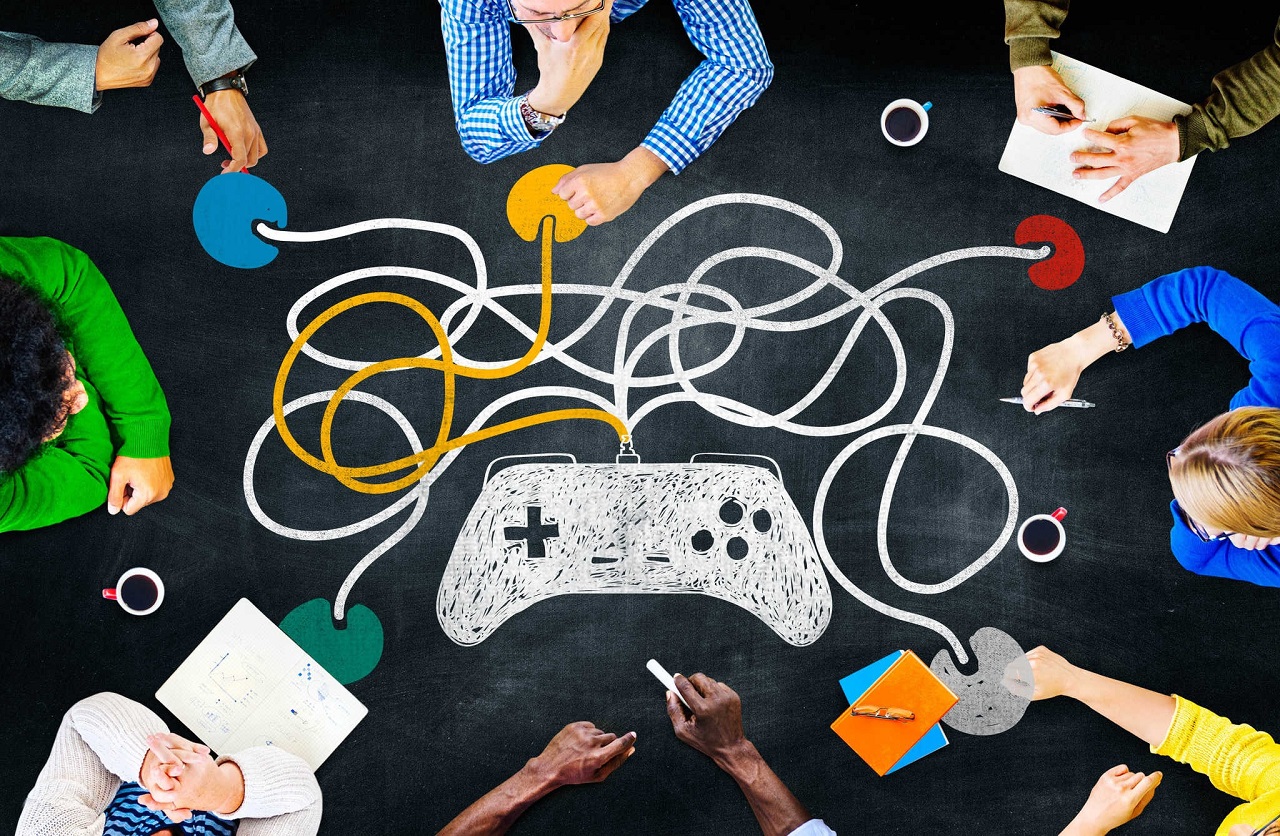
The journal titled Digital Games in Education: The Design of Games-Based Learning Environments discusses how games can motivate students and increase their focus. Indeed, games do, in some way, have some elements that teach players to fully focus on in-game tasks. These elements include clear goals, good feedback — both direct and indirect, and a fine balance between challenge difficulty and player’s skills. Apart from keeping students focused, all of these elements can also help students to be more interactive in class, which improves their educational achievements.
TECHNOLOGY
The controller is the primary input device for most consoles in existence. As the console changes, the controller inevitably also evolves. Despite the vast popularity of controllers, countless game companies continue to invent and experiment with new input mechanisms. In 2006, Nintendo launched the Wii Remote or Wiimote at the same time as the Nintendo Wii. One of the primary features of the device is scanning the movement of the user’s hand. Three years later, Nintendo launched the successor to the Wii Remote, the Wii MotionPlus, which can detect even more complex motions. Microsoft also launched the Kinect in 2010. Equipped with various motion sensors such as an RGB camera, infrared projector, and detector, Kinect can detect the motion of the user’s whole body.
Motion sensing technology has also been used in fields outside of gaming. In mobile applications, for instance, the gyroscope in a smartphone can be utilized to detect movements. One company that is interested in using motion-sensing technology is Limix. This Italian company invented and produces wearables called Talking Hands. This device can translate sign language in voice using a smartphone or Bluetooth speaker, as mentioned by HeadStuff. The existence of Talking Hands shows how motion-sensing technology can be used to help the disabled.
Games are also frequently the driving factors for today’s hardware development. Most games today and even in the future will require high-performance hardware. Due to the insatiable demands of gamers to increase the power of computing, hardware manufacturers inevitably have to fulfill these demands and create faster and more powerful technology. These high-performance hardware can also be utilized for other activities that require significant computing power, such as cryptocurrency mining.
GAMIFICATION
We have seen how the elements of gaming can be applied in four different industries. In reality, however, many in-game aspects are also applicable or translatable in non-gaming environments. Staple gaming elements like point systems, badges, the use of avatars, leaderboards, performance graphs, and teamwork. As a result, the term gamification emerged. If you are interested in seeing how gamification is put into practice in non-gaming fields, you can read more about it here.
The journal titled How gamification motivates: An experimental study of the effects of specific game design elements on psychological need satisfaction discusses how gamification can increase motivation based on self-determination theory.
According to self-determination theory, people are motivated to grow and change by three innate psychological needs: competence, autonomy, social connectedness or relatedness. Competence will be met when a person fully masters or feels proficient in a particular skill. The element of gaming that is suited for achieving competence is the awarding of points and badges. Leaderboards and performance graphs can also aid in this matter. In games, points serve as direct feedback or reward. If a player earns points after successfully performing an activity, the player will be motivated to continue doing the task in order to increase his or her points.

On the other hand, performance graphs can show a person’s progress or achievements after a certain period of time. For example, on the Duolingo app, each week, you’ll get a graphical report of how much time you’ve spent studying on the app over the last seven days. From that graph, you can clearly check if you are progressing at a rate that you want. Both badges and leaderboards can be used as an assessment of a person’s overall performance. Badges in games are usually given to players after they achieved a unique target or task. Leaderboards function to compare the performances between players. Ultimately, points, badges, leaderboards, and performance charts are useful visualizations of a person’s proficiency or mastery, which also create the drive for them to continue to improve.
The second psychological need that must be met in the self-determination theory is autonomy, which suggests that people need to be in control of their behavior and goals when conducting an activity. The need for autonomy consists of two aspects: freedom in decision-making and satisfaction with completing meaningful tasks. The use of avatars can be a way to fulfill the first aspect. Choosing an avatar — which represents the player and their personality — makes players feel that they have control over the decisions they make. The second aspect can be fulfilled with narration or stories. Stories are the essence of many games today. More often than not, tasks or missions in games mostly repeat the same formula. Go to A and complete a set of objectives, then go to B to complete a different set of objectives, and the process is repeated. After a few iterations of these, players can easily get bored. However, the presence of a story makes each mission unique and creates a different sense of accomplishment when a player successfully completes it.
The last component in self-determination theory is social connectedness, which is fulfilled when a person establishes some sense of belonging or attachment to a particular group. Games create a feeling of connectedness by frequently incorporating multiplayer elements. Players, therefore, have to work together with the group to achieve the goal. Single-player games can also achieve this by using NPCs as virtual entities.
Conclusion
Today, there is still an assumption that games are nothing more than a mere child’s entertainment. Interestingly, however, the gaming industry is currently bigger than the film and music industry. Our society also often argues that games impose many negative impacts. Contrary to their beliefs, many gaming concepts and elements have been utilized in various non-gaming fields. Even though gaming generally serves as a medium of entertainment, they also have other aspects that make them incredibly beneficial to us. Fortunately for many people in the pandemic, games were also the only thing that kept them happy, sane, and connected with their friends or family.
Featured image: Freepik. Translated by: Ananto Joyoadikusumo

